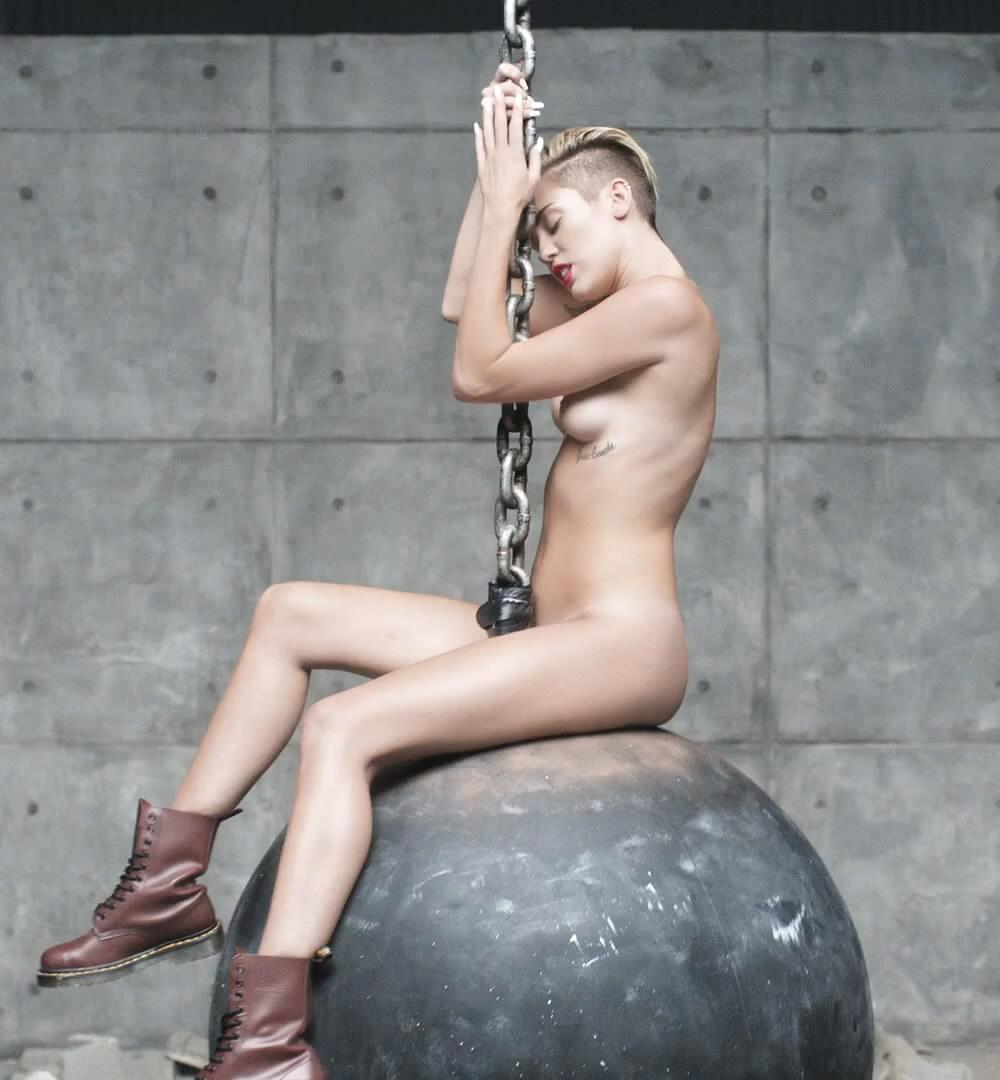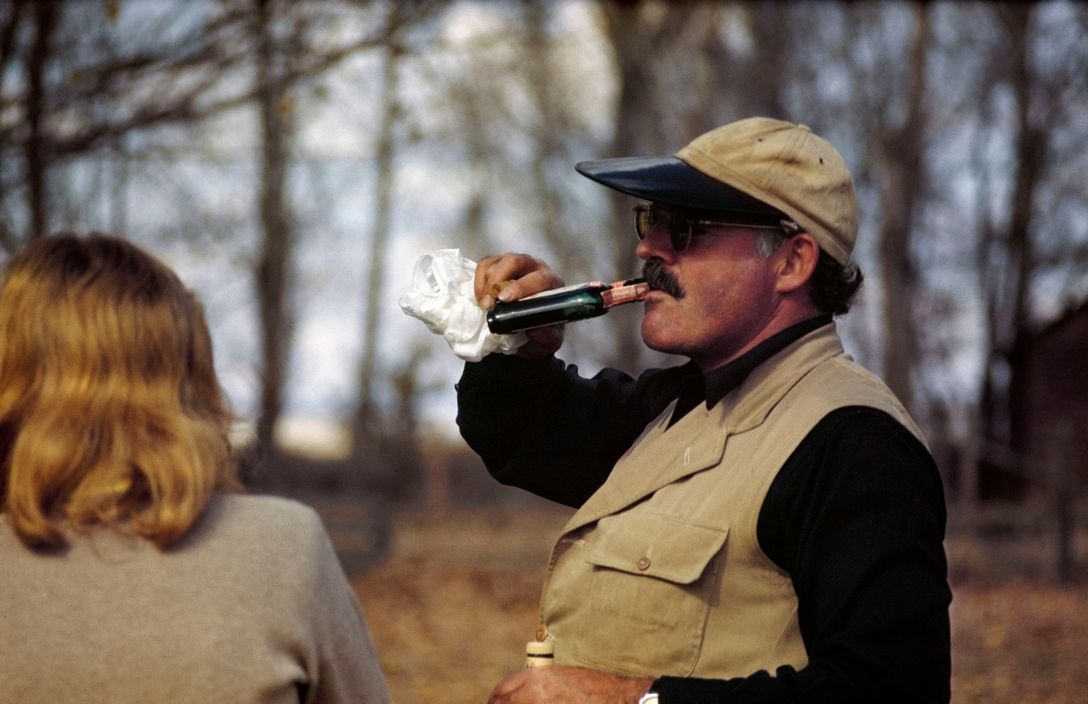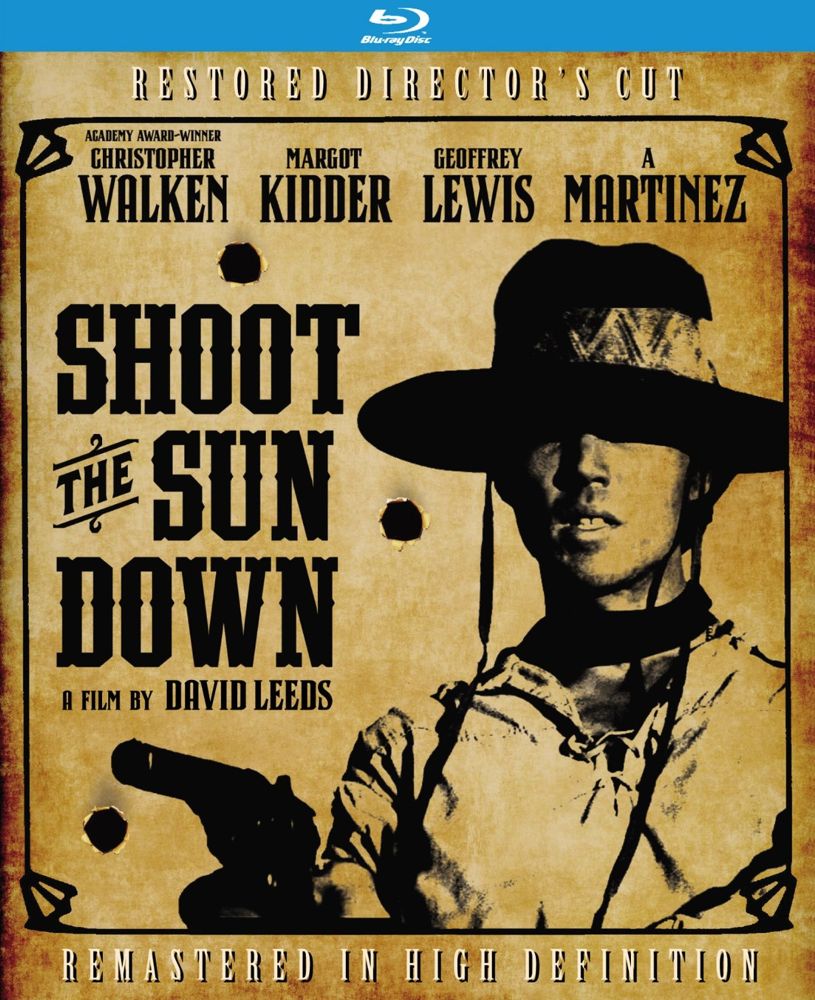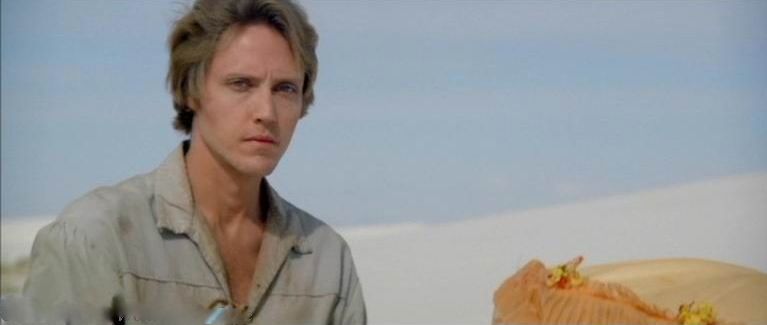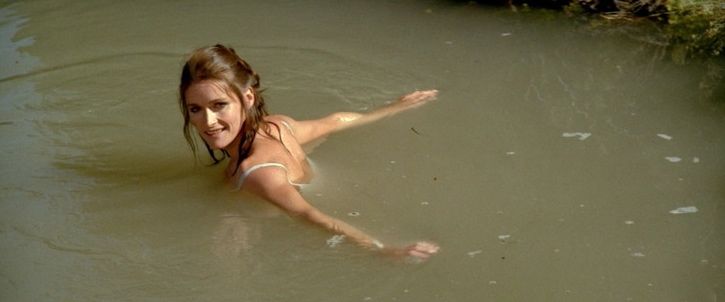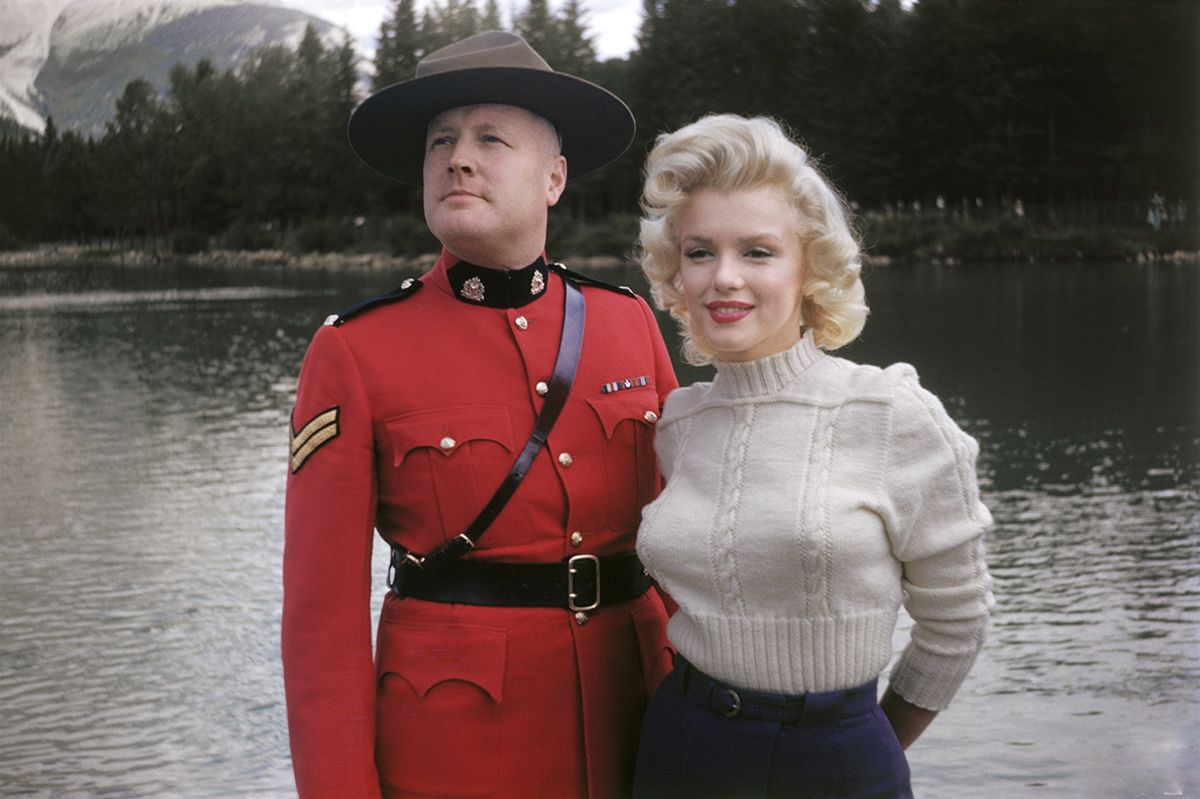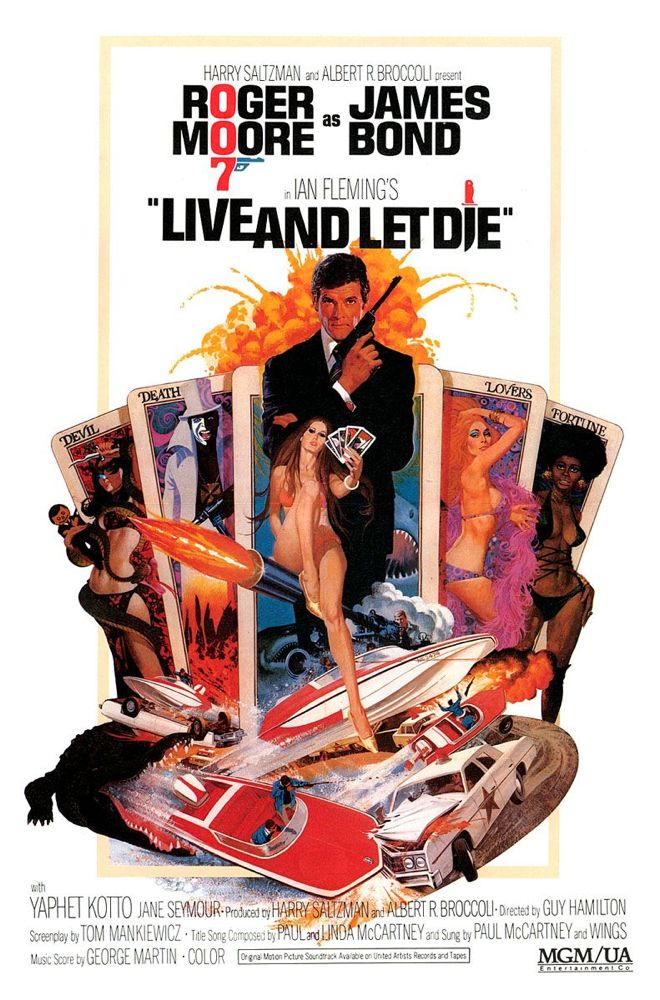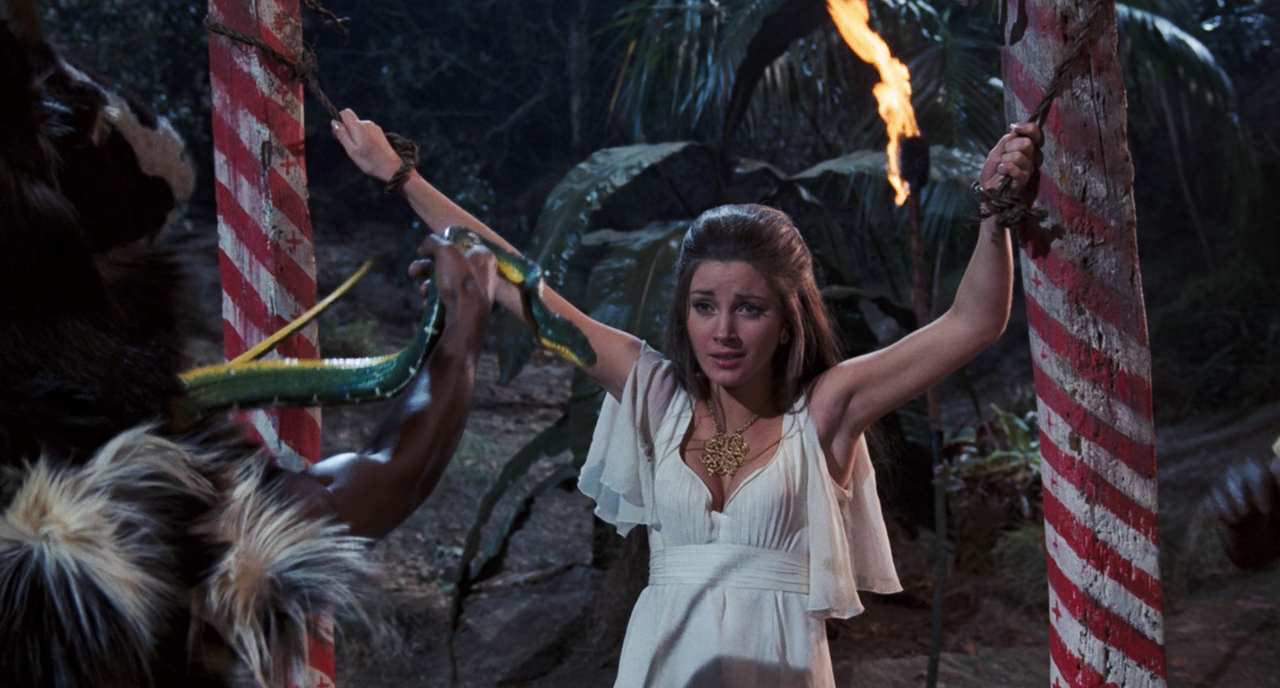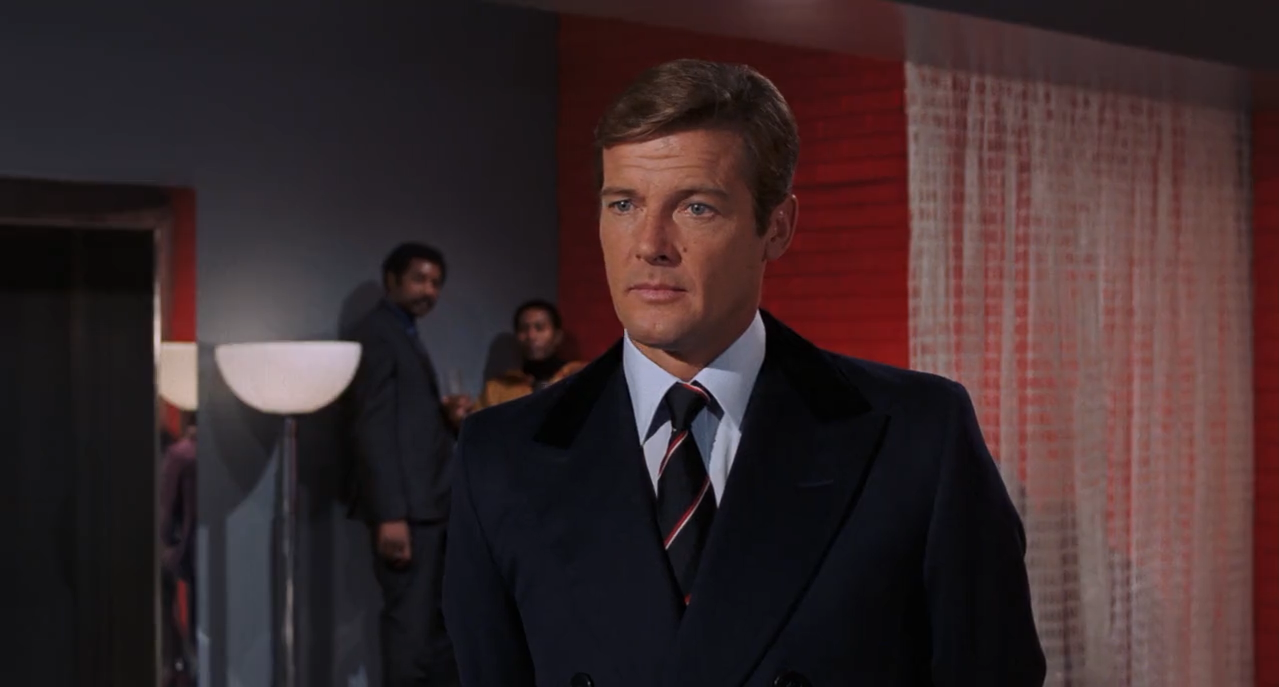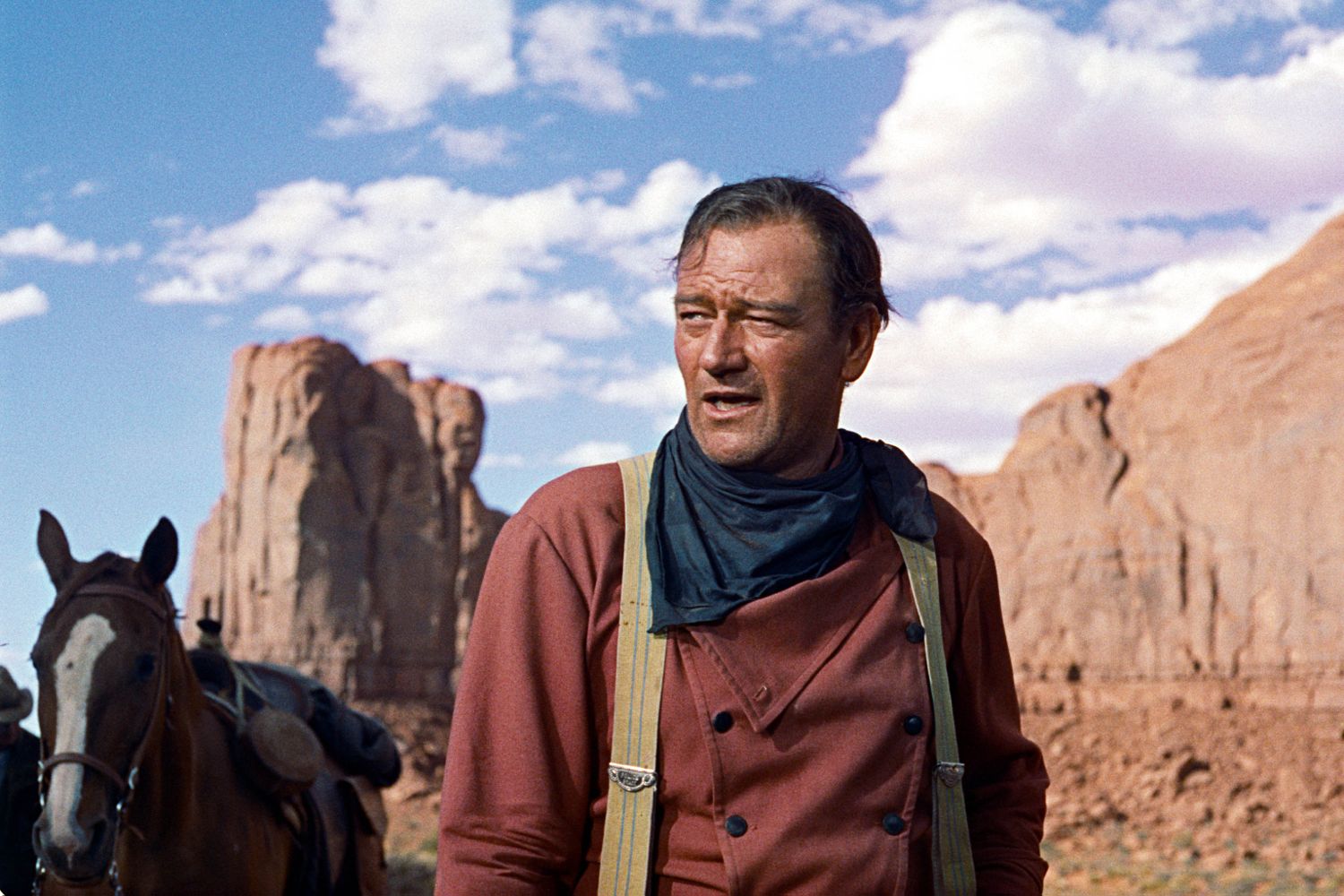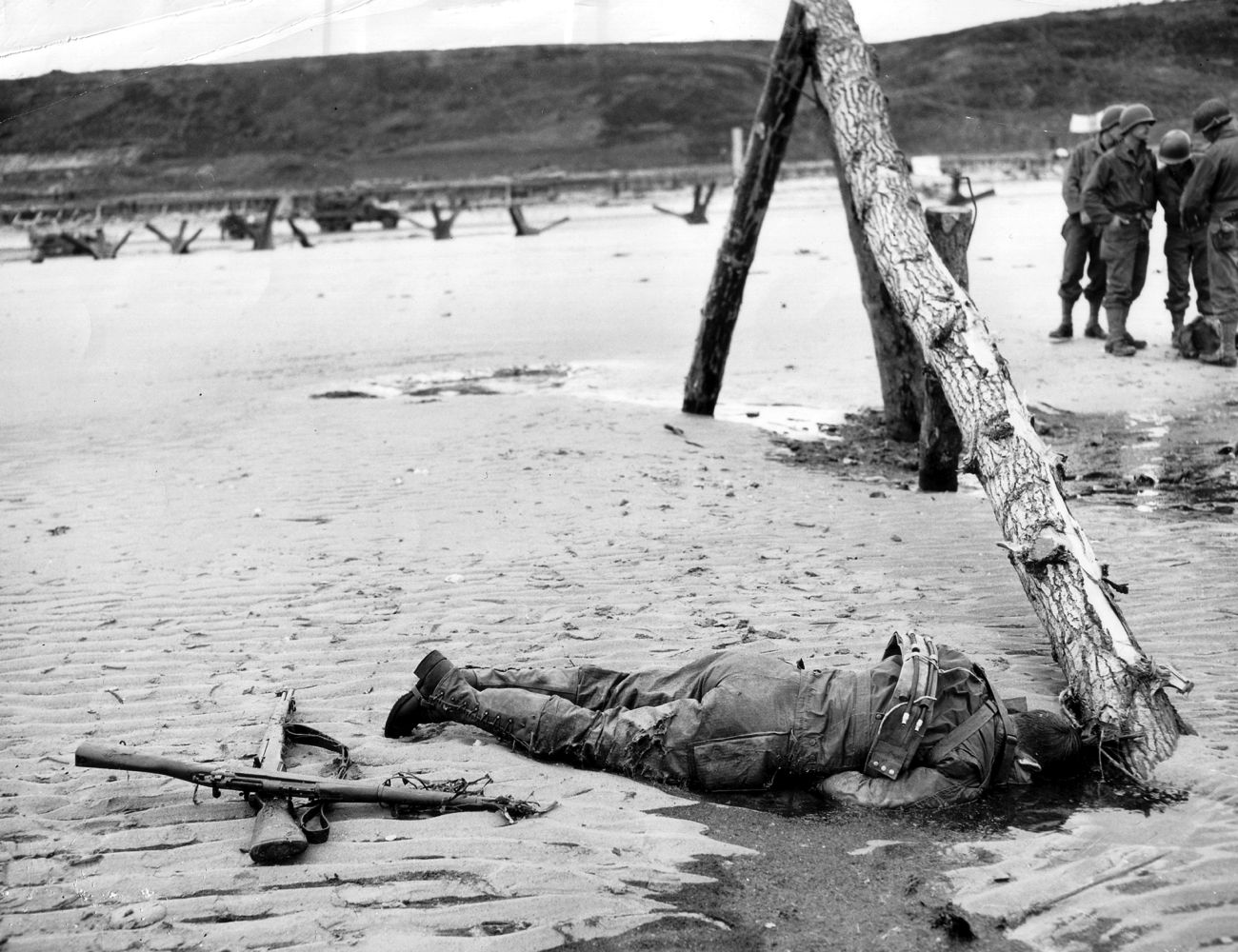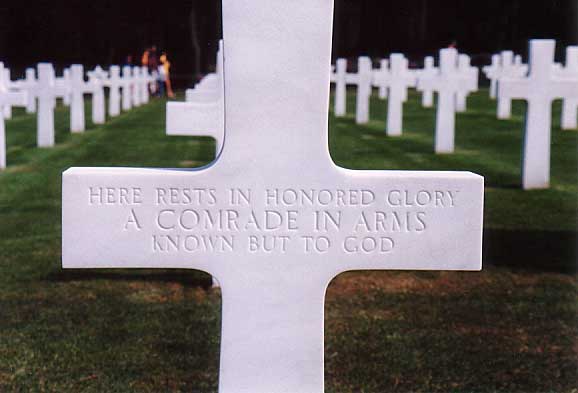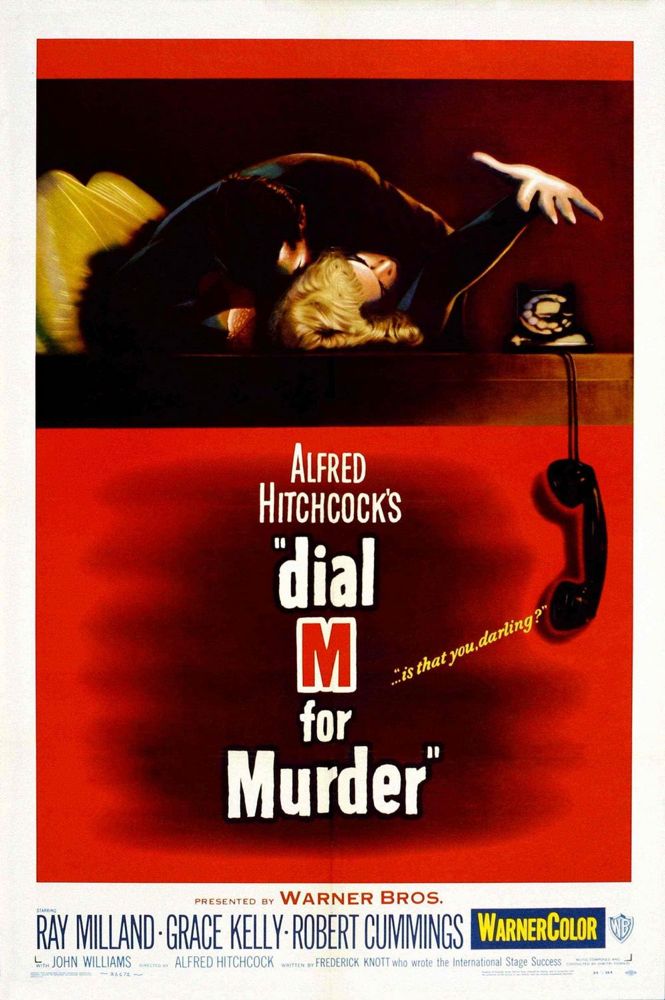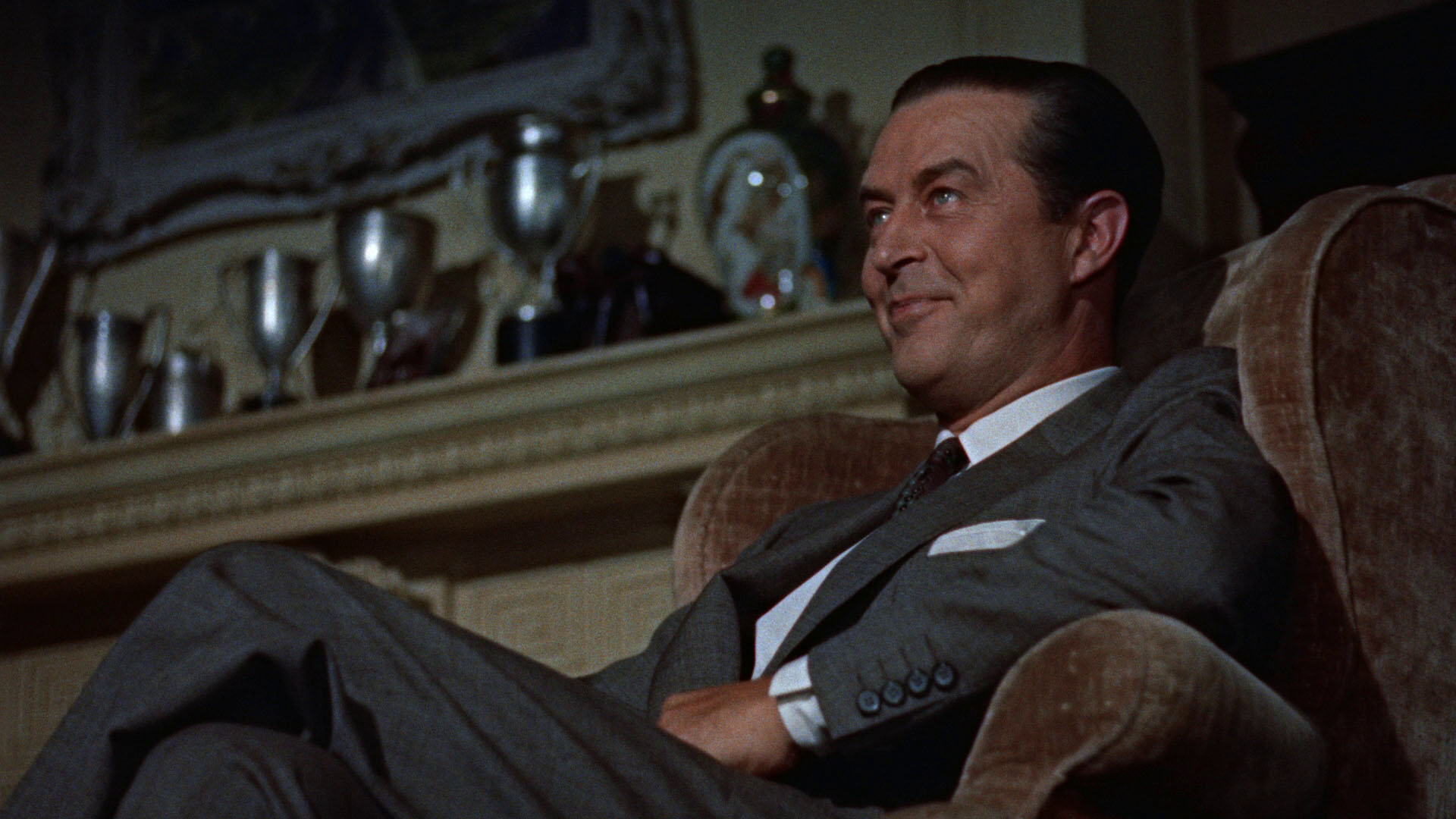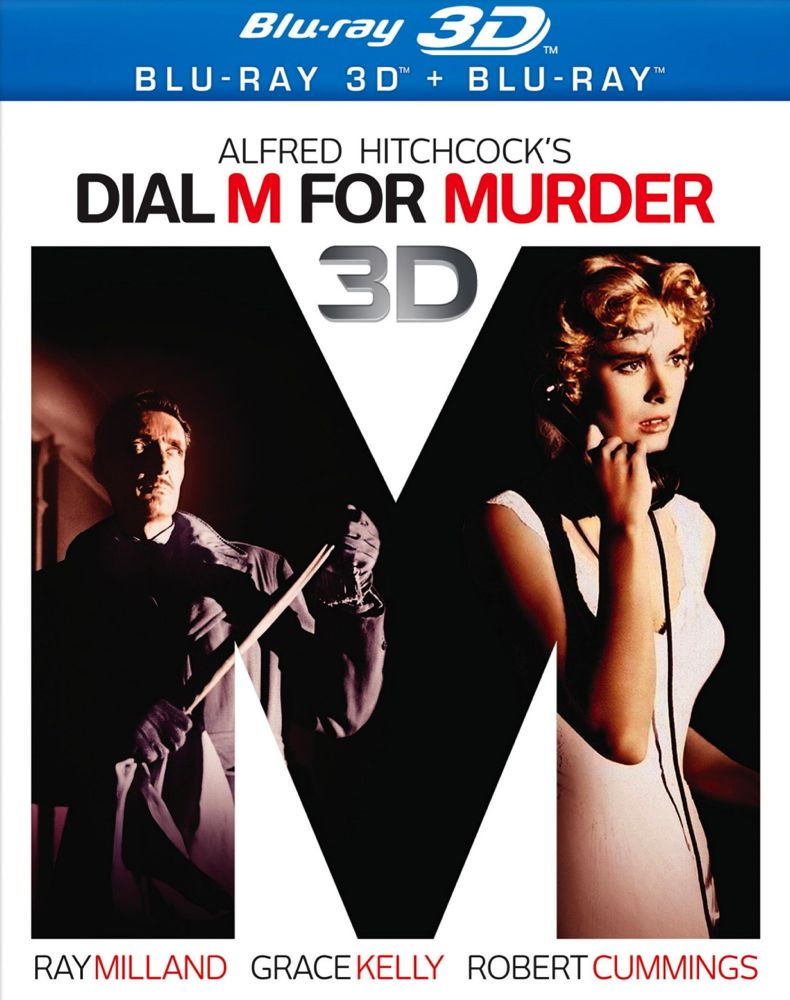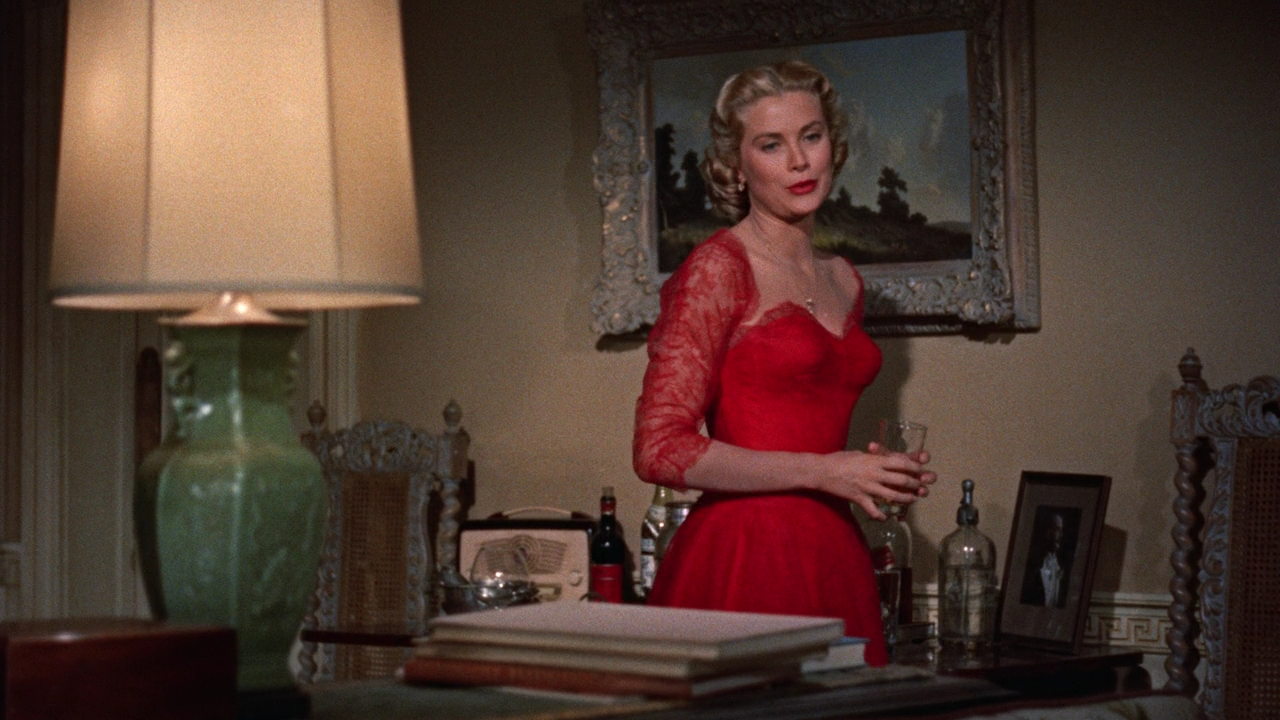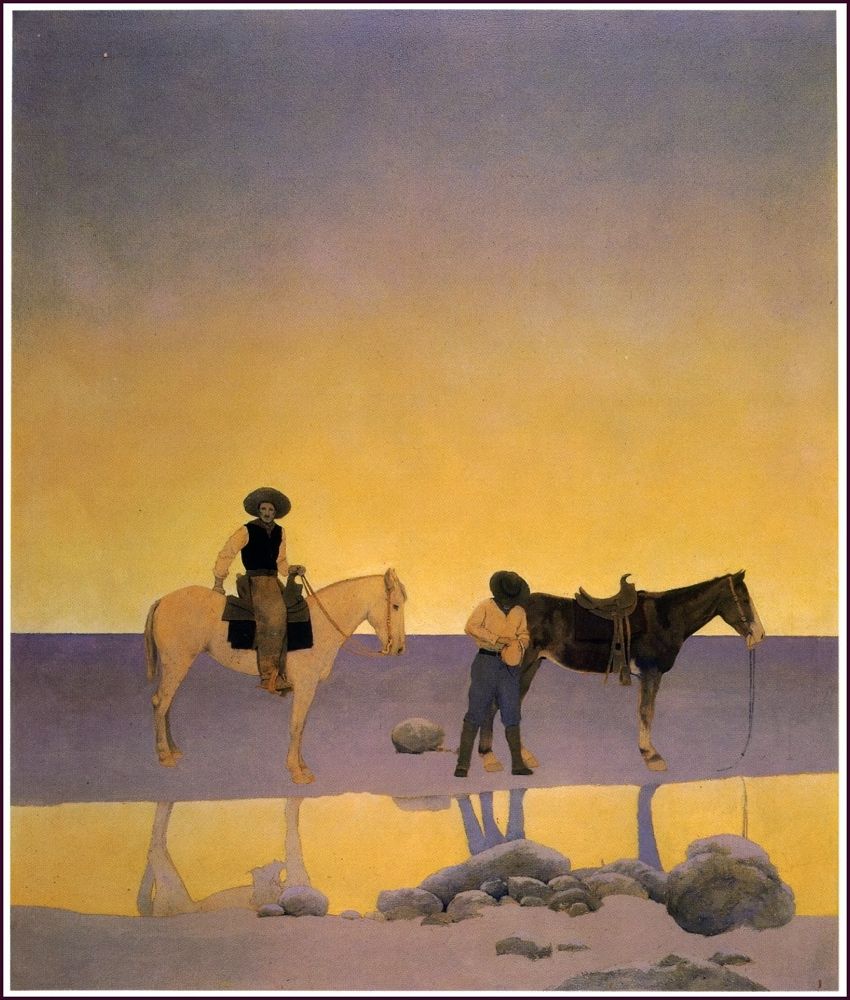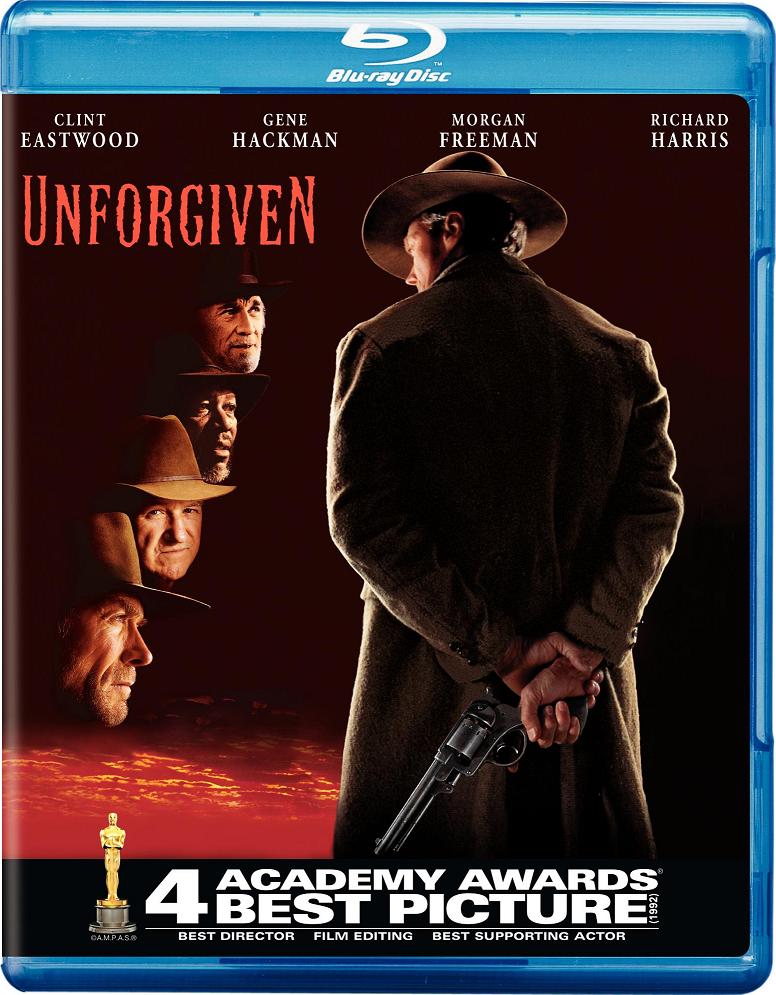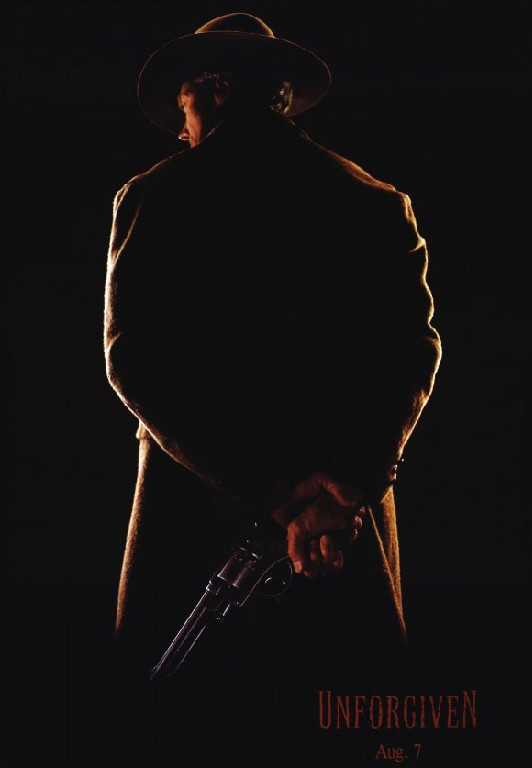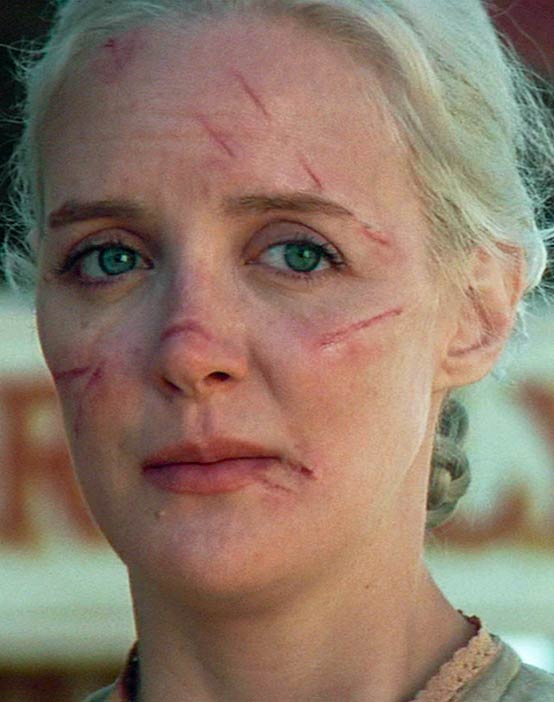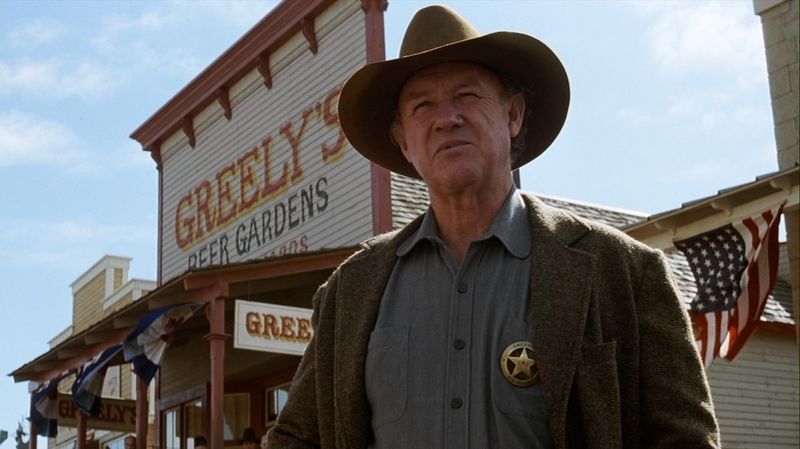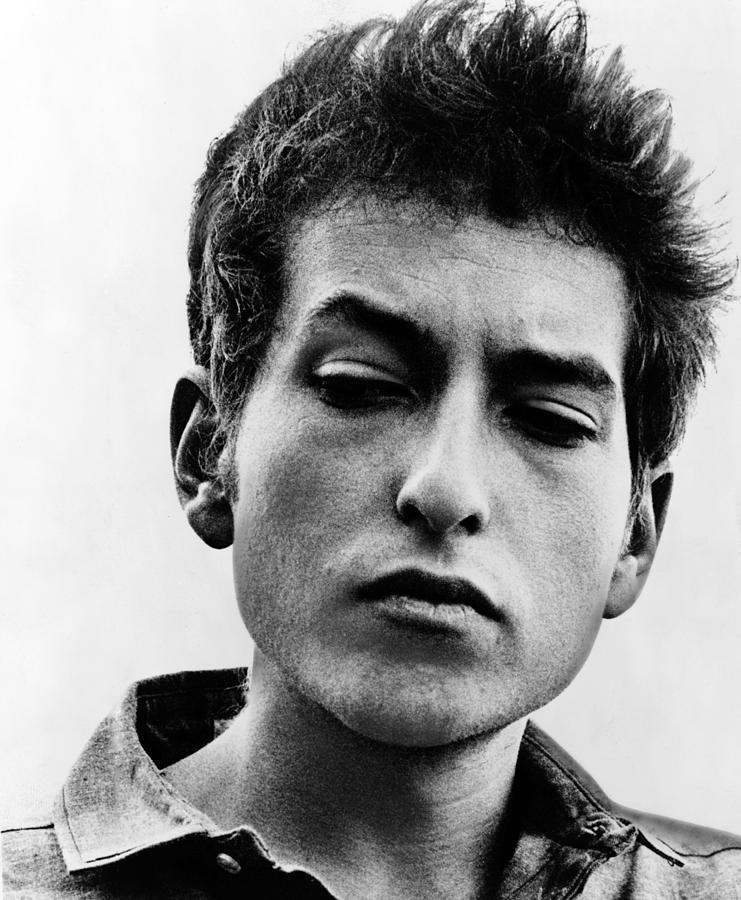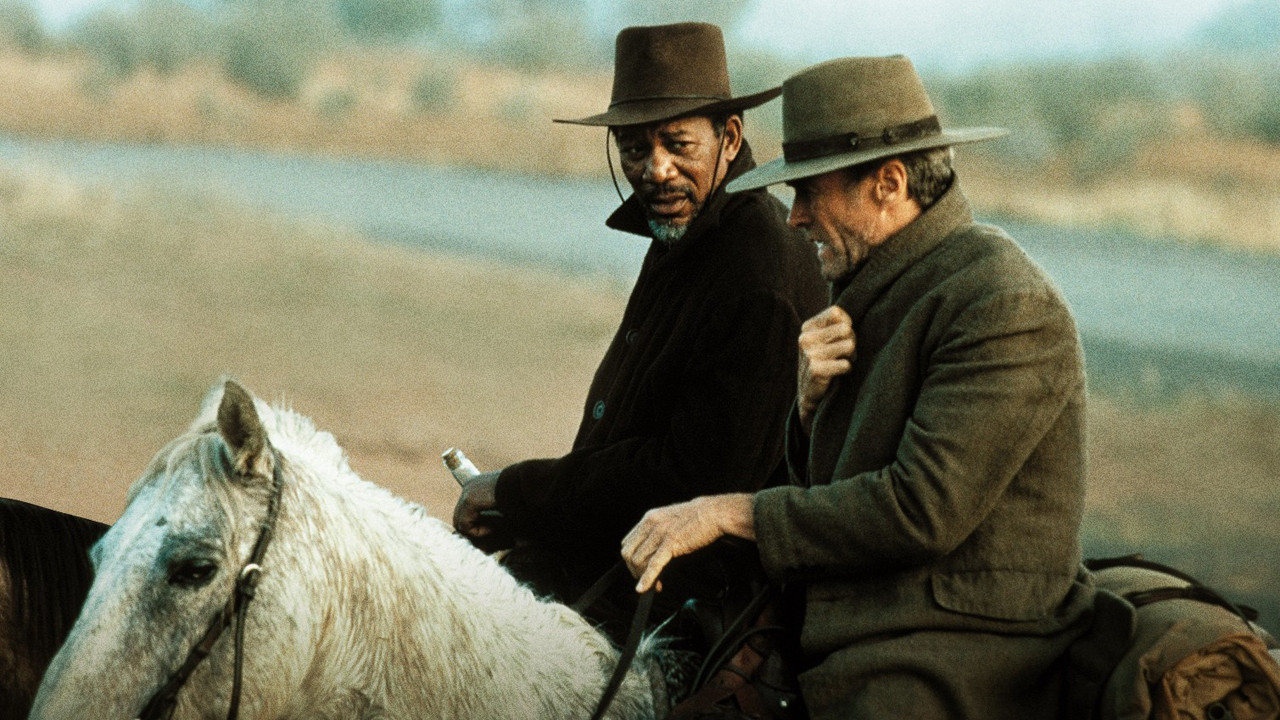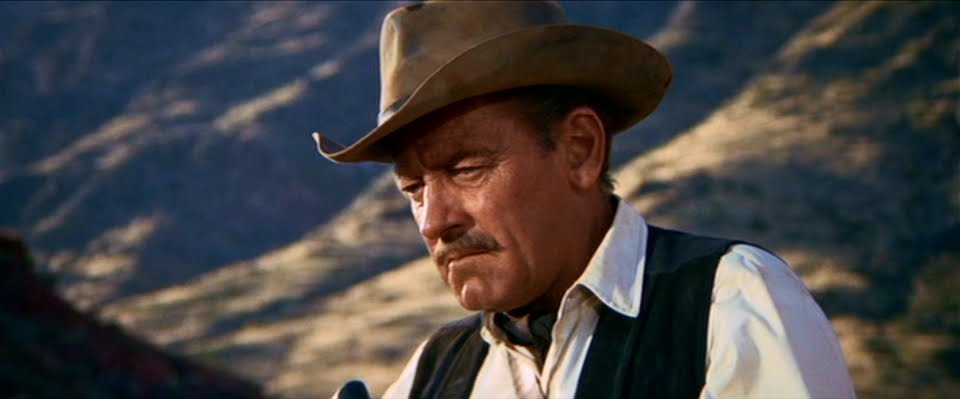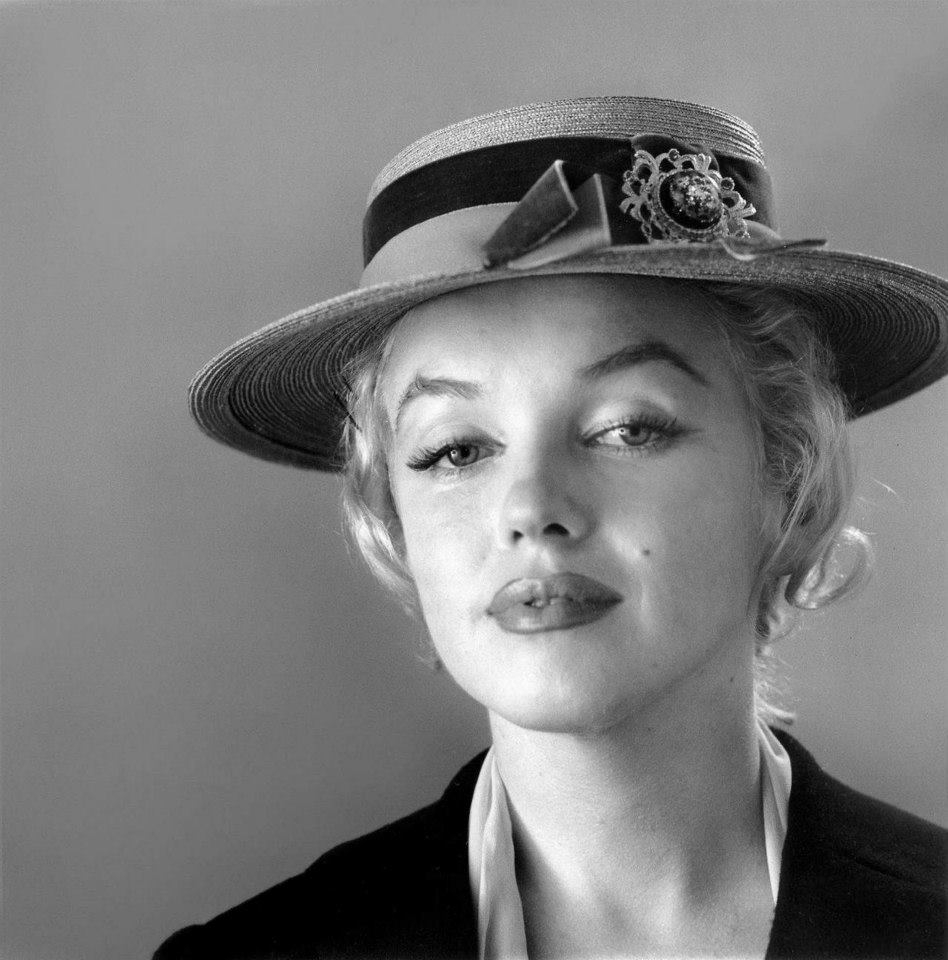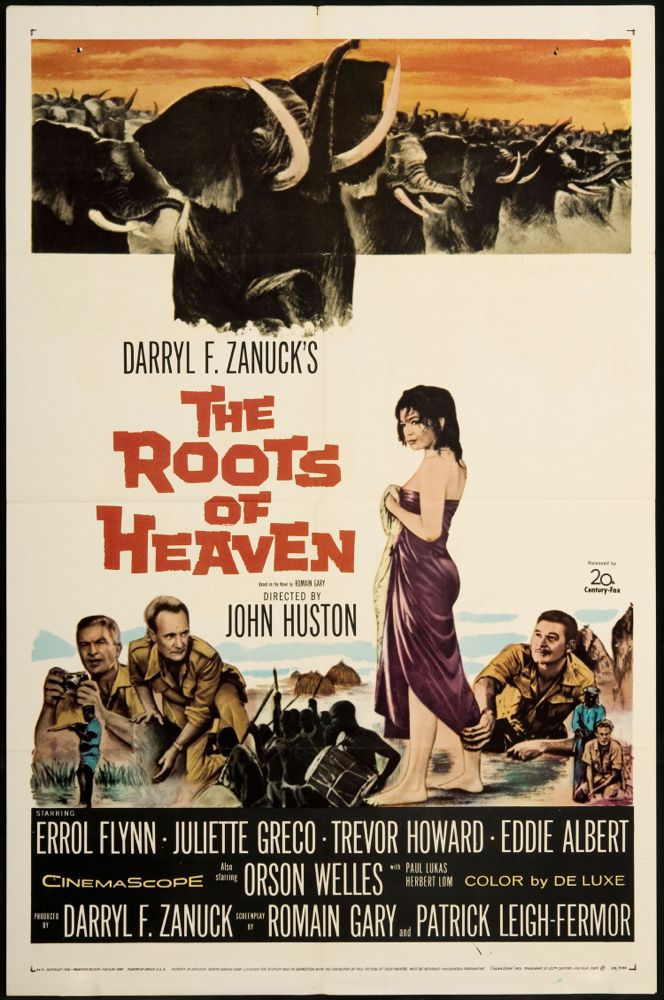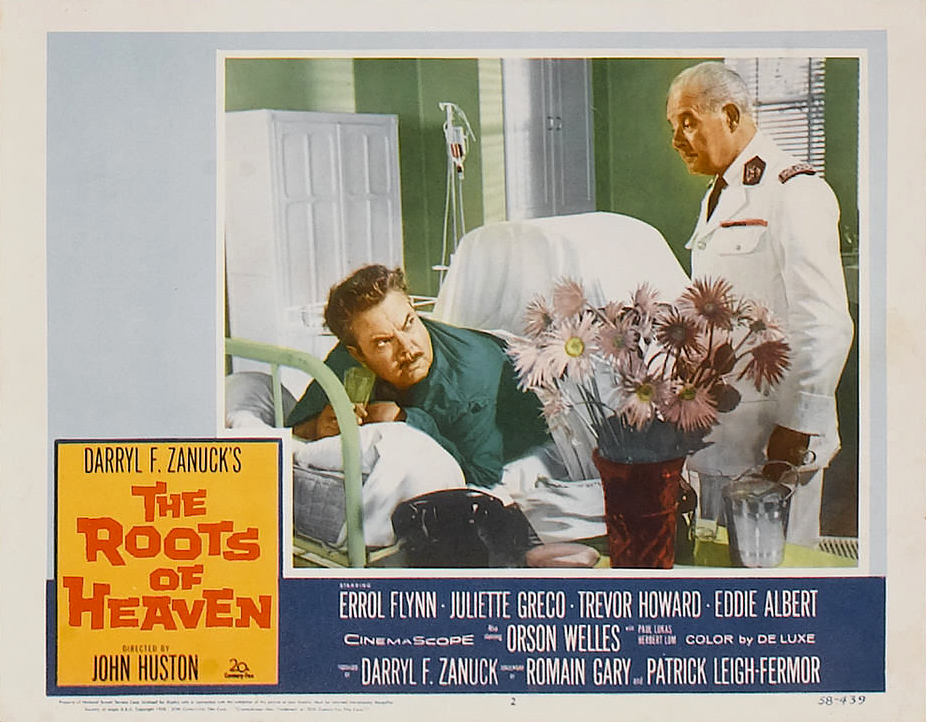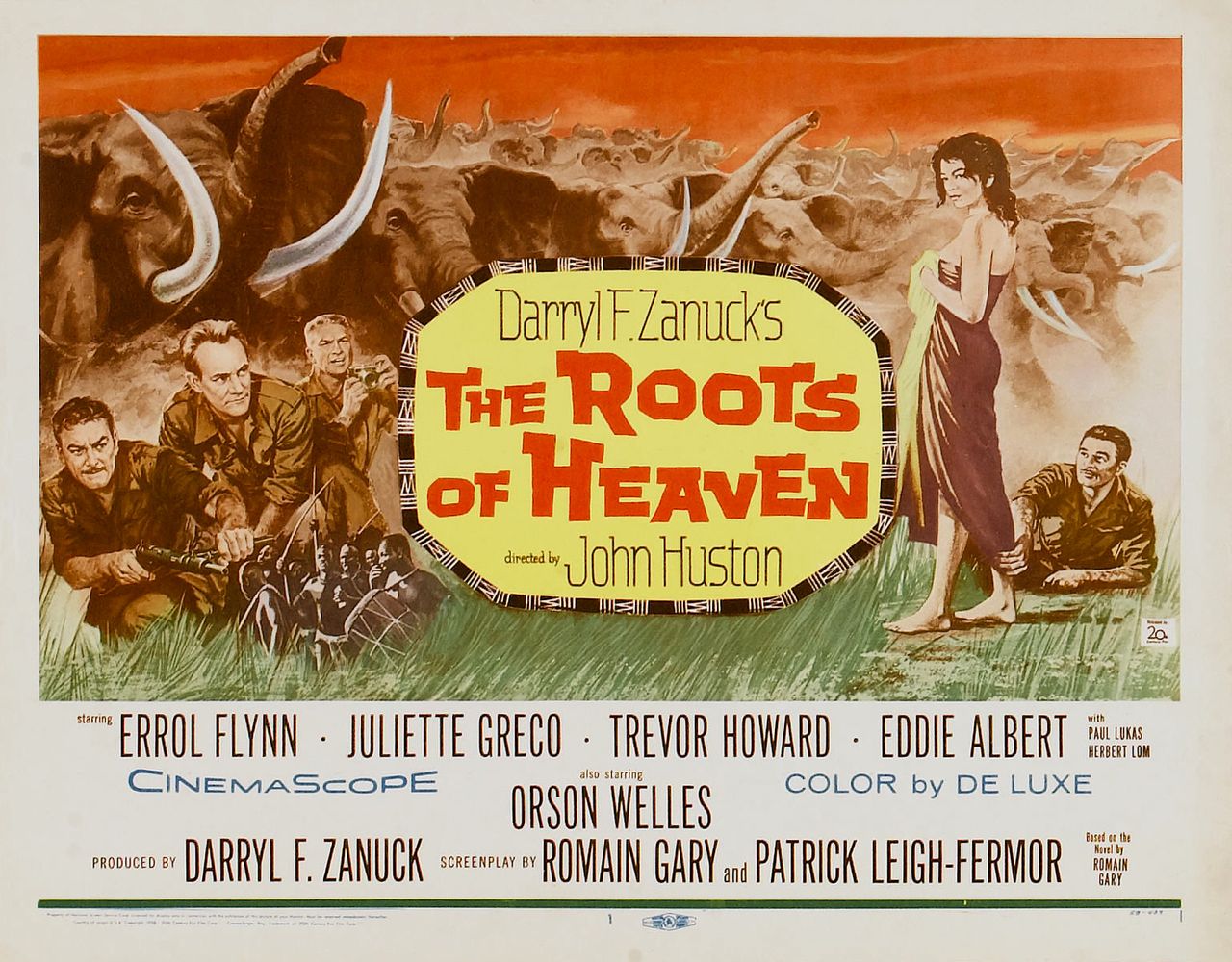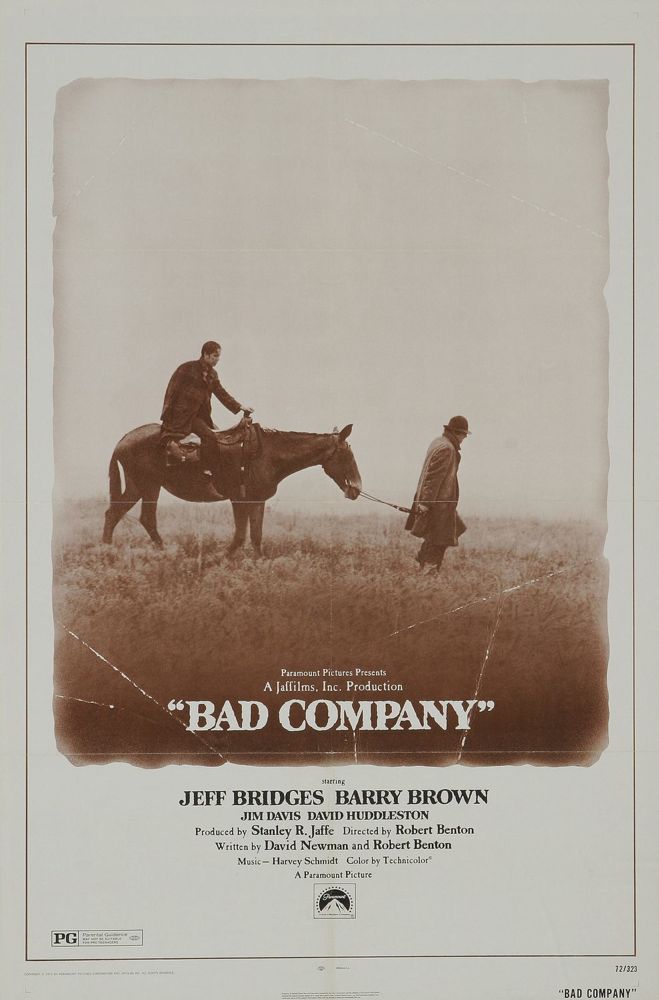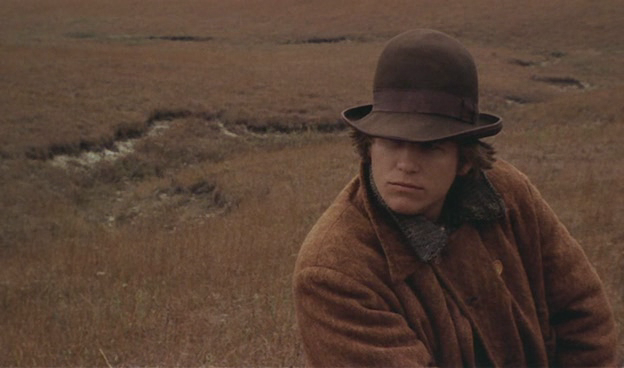Click on the image to enlarge.
Category Archives: Main Page
PAPA
SHOOT THE SUN DOWN
This quirky Western from 1978 got a limited theatrical release when it first came out and then disappeared from sight but has recently been released on Blu-ray by Kino. It’s sort of an American version of a Spaghetti Western, slightly tongue-in-cheek and occasionally verging on the surreal, with a score that rather deliberately mimics Ennio Morricone’s work for Sergio Leone.
Christopher Walken, looking impossibly young and pretty, does a fair impersonation of The Man With No Name, though his character does have a name of sorts here — Mr. Rainbow. Margot Kidder, looking equally young and pretty, plays the female lead.
The narrative meanders off the trail aimlessly from time to time, and the tale never gathers much momentum, but the film is always engaging, primarily because Walken and Kidder are so engaging. It was handsomely shot, apart from a few too many zooms, by the estimable Michael Chapman, uncredited on the film for some reason.
If you like Westerns you’ll enjoy it, and even if you don’t like Westerns you’ll probably find it fascinating for its off-beat charm and imagination.
O CANADA
LIVE AND LET DIE
This ninth James Bond film, and the first to star Roger Moore as 007, has one of the best action set pieces in the whole series — the speedboat chase through the bayous in Louisiana. It’s beautiful, exciting and punctuated with some truly impressive practical stunts, of the sort we’re never likely to see again in this age of digital cinema.
Jane Seymour as Solitaire makes a surprisingly alluring Bond Girl. She’s always been a strikingly attractive woman, but she developed a sort of prissy persona as a grande dame of television dramas. Here, at age 22, she’s delightfully fresh and unaffected. She takes her modest acting chores seriously enough, but she also seems to be having fun, and is genuinely sexy.
Roger Moore is not Sean Connery, of course, but he’s effective enough as Bond, and the title song by Paul McCartney is a classic. All in all Live and Let Die is a more than respectable entertainment.
Click on the images to enlarge.
JOHN WAYNE
THANKS, PAL
DIAL M FOR MURDER
This is one of Hitchcock’s most fiendishly entertaining movies and one of his most brilliant exercises in cinematic craft.
The movie was based on a single-set play and Hitchcock made a canny choice not to “open it up” for the screen. Almost the whole film takes place in the living room of a London flat, with occasional glimpses of connecting rooms and a hallway outside. The few exteriors in the film are mostly created using back-screen projections, and not very convincing ones, so the apartment set becomes the most convincingly “real” location in the film.
One could probably write a book-length study about the dazzlingly complex ways Hitchcock lights and shoots this set, always with a view to heightening the nightmarish claustrophobia of the intricate thriller plot, the creeping dread that is domestic and contained, proceeding from the suffocating dysfunction of a bad marriage infected by infidelity, hatred and mistrust.
The film was shot in 3D, though it came in at the end of the 3D craze and played out mostly in 2D. There’s now a wonderful 3D Blu-ray edition of the film which allows you to see it as Hitchcock originally envisioned it. For the most part he uses 3D in a restrained way, saving the sensational effects for the few big moments of violence and terror, but even the restrained 3D images allow Hitchcock yet another avenue for exploring the interior set visually, varying the sensual experience of it, drawing you into it.
The acting in the film is uniformly excellent, especially by Ray Milland as a creepily charming villain — and Grace Kelly in 3D is a stunning special effect all by herself.
If you have a 3D capable TV set and a Blu-ray player, add this title to your collection immediately.
A MAXFIELD PARRISH FOR TODAY
ESSENTIAL
To my mind, this is one of the greatest Westerns ever made, all the more amazing for being made in the 90s, when Westerns of any kind were few and far between.
As I’ve written before, I think all truly great Westerns deal with the themes of shame, honor and redemption. They’re parables on the subject of being a moral person, usually a moral man, a worthy man. Because its setting is the American frontier, the genre is often seen, and sometimes dismissed, as the embodiment of a national myth, a myth about the nature of America itself, and it’s partly that, but it works on deeper and more universal levels, too, which is why it has been embraced internationally.
It’s a genre about achieving full manhood, and sometimes full womanhood, seen as states of moral maturity.
Clint Eastwood’s Unforgiven is an example of how dark and morally problematic a Western can be and still stay within the traditional bounds of the genre. Its protagonist William Munny, a reformed drunk and killer, has put his outlaw ways behind him under the influence of a good woman — but she’s dead and has left him with two small children to raise.
He’s lured into doing one last job as a gun for hire, which he takes on so he can give his kids a new start somewhere far from their failing farm. But he’s also willing to take the job because it involves helping a group of prostitutes get revenge on a couple of cowboys who have cut up the face of one of their number. Munny has killed innocent women in his day, in the course of committing crimes, but has experienced profound remorse for this. Coming to the aid of the powerless women feels on some level at least like a means of redemption.
But things don’t turn out to be so simple. The cut whore for whom revenge is sought doesn’t seem all that passionate about revenge herself. One of the cowboys who wronged her is not such a bad guy. Munny’s two cohorts in the killing for hire become disgusted by the job.
The real villains of the piece turn out to be a sadistic sheriff and an exploitative brothel keeper, to whom Munny will eventually deliver justice — escaping with his moral code compromised in some respects, honored in others. There is a confused, bewildered nobility in the man which triumphs in the end . . . but just barely.
Eastwood’s film is expertly crafted and acted, complex and disturbing and inspiring all at once. It’s a great work of art. The Blu-ray of Unforgiven belongs in the home of every fan of the movies.
PROPHET
GALLANTRY
In Clint Eastwood’s Unforgiven, when William Munny tries to get his old friend Ned Logan to partner up with him for a hired killing, Logan is uninterested. Like Munny, he’s left his outlaw days behind, and can’t see the point in killing a man unless it involves a personal grudge — certainly not for the usual crimes, rustling or cheating at cards or insolence.
But when Munny says the men he’s been hired to kill cut up a woman, Logan’s attitude changes — he’s shocked and outraged. “Well then, ” he says, “I guess they got it coming.” He signs on for the job with Munny, who seems to feel the same about the deed they’ve been hired to avenge, although Munny himself has the lives of innocent women on his conscience from his days as a drunken thug. Clearly something in him has changed.
They’re doing it for the money, at bottom, but the horror of cutting up a woman takes the moral sting out of it for both of them.
I like to think that if they were told a scumbag like Pike Bishop, leader of The Wild Bunch, ordered the murder of an unarmed woman during the robbery of a railroad office, they’d feel the same. They wouldn’t ride off to avenge the murder for the sake of justice alone — they’re not knights errant — but they’d feel entitled to take money to kill Bishop, because he’s got it coming.
This is the difference between real men, however damaged they may be, and frontier scum like Bishop — an innate sense of gallantry and decency towards women that years on the wrong side of the law can’t erase.
Click on the images to enlarge.
DEAR MARILYN
THE ROOTS OF HEAVEN
It’s been said that the deal is the true art form in Hollywood, and there are indeed some films in which the deal defines the work, is the central meaning of the work. There were many such films in the 50s and 60s, when the studios were in decline and big international productions were cobbled together by clever producers marshaling elements from disparate sources.
The Roots Of Heaven, from 1958, strikes me a such a film. It’s a movie based on a prestigious novel by Romain Gary, directed by Hollywood legend John Huston, and featuring several marquee-name actors like Erroll Flynn and Orson Welles. These elements are the film’s principal raison d’etre — you don’t get a sense that any other vision or passion fueled the project.
The “elements” deliver, for the most part. The story is interesting, there are a few wondrous cinematic passages engineered by Huston, Flynn and Welles have their delicious moments. But the film has no core, no defining energy. What you find yourself thinking about as the film dawdles along is Daryl Zanuck’s calculation — “If I throw all these attractions into the pot, the stew will be irresistible!” But there’s more to a stew than its ingredients — there needs to be a chef involved who knows how to cook, how to make a savory meal of the thing.
Sometimes just leaving out the salt, or putting in too much salt, is enough to wreck the dish. Zanuck’s major miscalculation was casting his girlfriend of the time, Juliette Gréco, in the female lead. She just didn’t have the star power to head a cast like this. Casting Trevor Howard in the male lead opposite her wasn’t entirely Zanuck’s fault — William Holden dropped out of the role before shooting started and Zanuck had to take what he could get in order to keep the production together. Howard is a fine actor but again didn’t have the star power to carry a picture like this.
In any case, Zanuck’s recipe was good enough to attract financing — even if it wasn’t good enough to make for a memorable repast. The film is fascinating and enjoyable enough, which perhaps goes to show that the deal can sometimes be a form of entertainment as well as art.
BAD COMPANY
Robert Benton’s first directorial effort, Bad Company, from 1972, is a bad film and a bad Western, too. It’s one of those revisionist oaters from the 70s which takes delight in deconstructing the myth of the frontier, showing it as a sordid and depressing place.
It concerns a gang of young men who light out for the territory during the Civil War, to find fame and fortune and/or evade getting drafted into the Union army. It takes forever to get them moving west, in a long prelude to the actual adventure which mostly involves their cute antics as petty thieves.
It proceeds thereafter in a series of vignettes — robbing farmyards, getting robbed by bandits. Some of these episodes are involving, some repetitive. There’s one really well done scene involving a running shootout in a forest filled with leafless trees.
The dialogue feels synthetic throughout, modeled inexpertly on the vernacular style of Mark Twain.
By the end, the two main protagonists have graduated from a life of petty thievery to a life of armed robbery. So much for the American Dream. So much for the sodbusters who turned the desolate plains into a breadbasket for the world.
The film’s one shining virtue is its cinematography, by the late Gordon Willis, who conveys a vision of the plains that is both beautiful and forbidding. It’s the only real reason to watch the film but, Gordon Willis being Gordon Willis, it’s reason enough.

